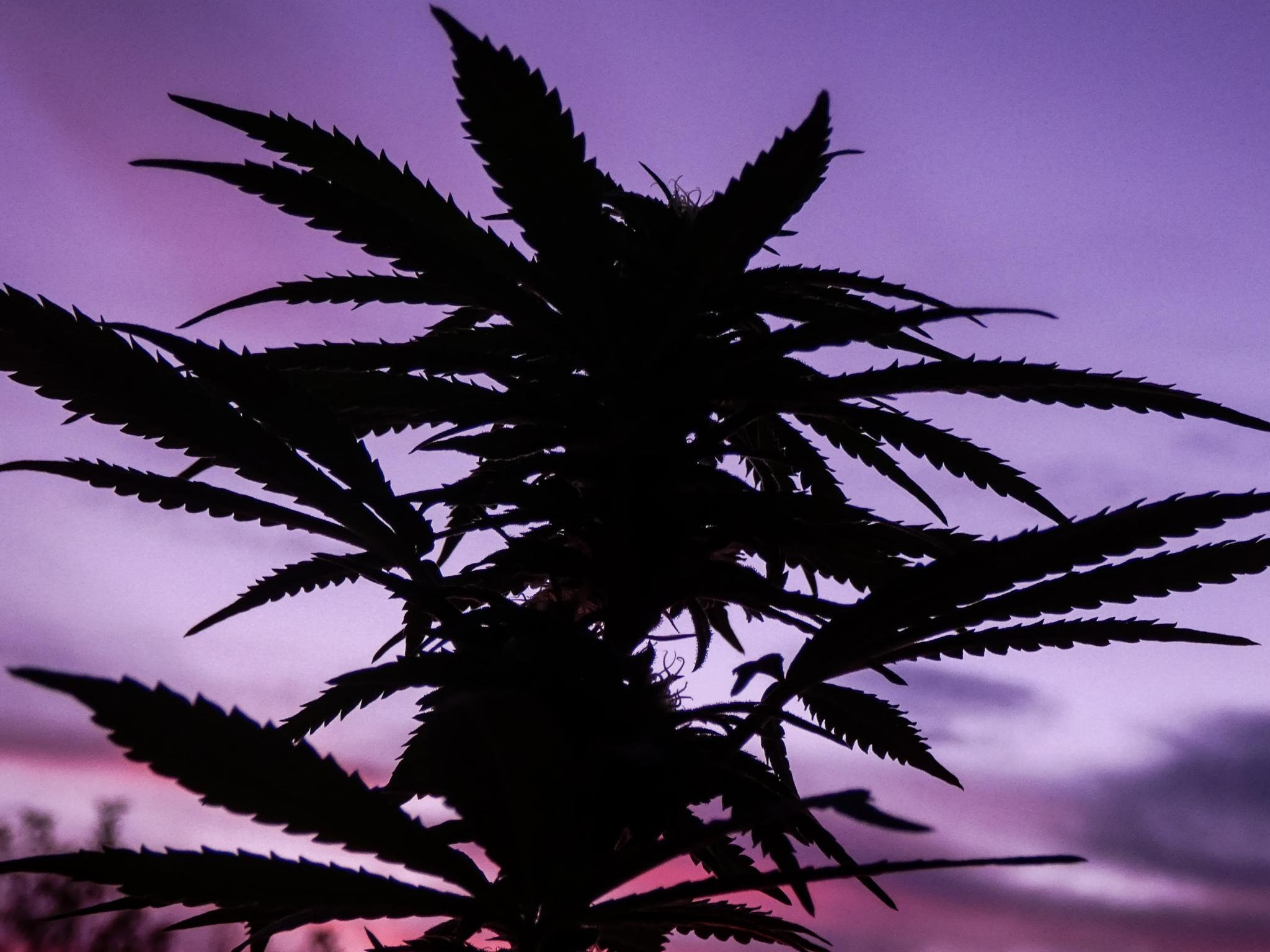
Can cannabinoid content in the cannabis plant be manipulated? And if so, how much?
According to a new report, researchers at the lab of Prof. Alexander (Sasha) Vainstein at Hebrew University in Rehovot, Israel have engineered medical marijuana strains containing 20% more THC, reported The Jerusalem Post.
This achievement, made possible with financial support and partnerships with Mariana Bioscience Ltd., could help create new strains and boost crop yields.
What Happened
Researchers at the Robert H. Smith Faculty of Agriculture, Food and Environment Dept. enhanced the amounts of THC by nearly 17%, CBG (cannabigerol) levels by almost 25% and terpenes by 20% to 30%.
The stated goal behind the study was to discover a procedure that could interfere with the biochemical pathways in the cannabis plant leading to higher or lower production of active compounds.
The researchers accomplished this by manipulating a plant-based virus that had first been neutralized so that it would not harm the plant and then manipulating it to express the genes that influence the production of active substances in the cannabis plant, according to the Jerusalem Post.
“This represents an innovative use of these tools, which were constructed using synthetic biology tools,” Vainstein said. “Next, we developed an innovative technology based on infection with an engineered virus to facilitate chemical reactions that increase the quantities of desired substances. In collaboration with Mariana Bioscience Ltd., we examined the infected plants and found that the levels of the substances in question had indeed risen.”
Why It Matters
According to The Jerusalem Post, this is the first time scientists have managed to manipulate the level of active compounds in the cannabis plant.
“These study results will be valuable both to industry, to increase the yield of active substances, and to medical researchers to cultivate and develop new strains for medical cannabis users,” Vainstein said.
He added that further research and experiments are ongoing and their results are expected to be completed over the coming months.
Photo: Courtesy of Kym MacKinnon on Unsplash






